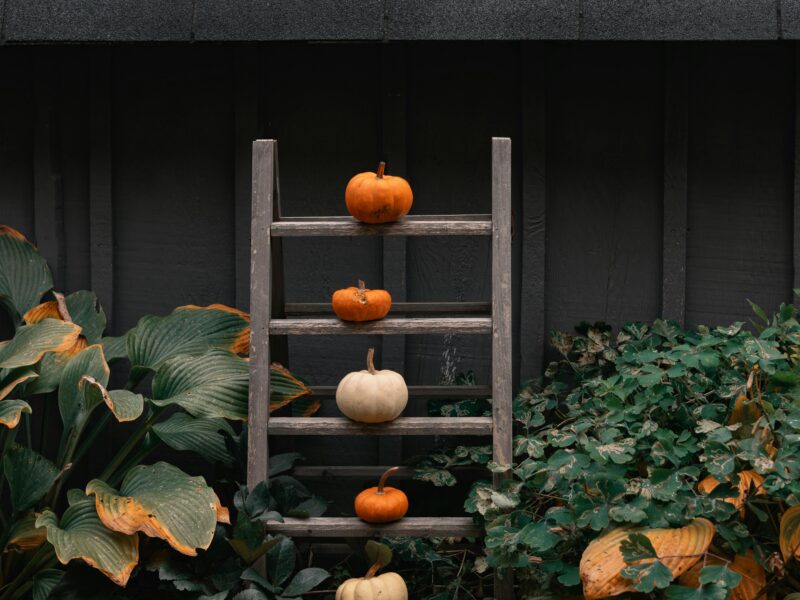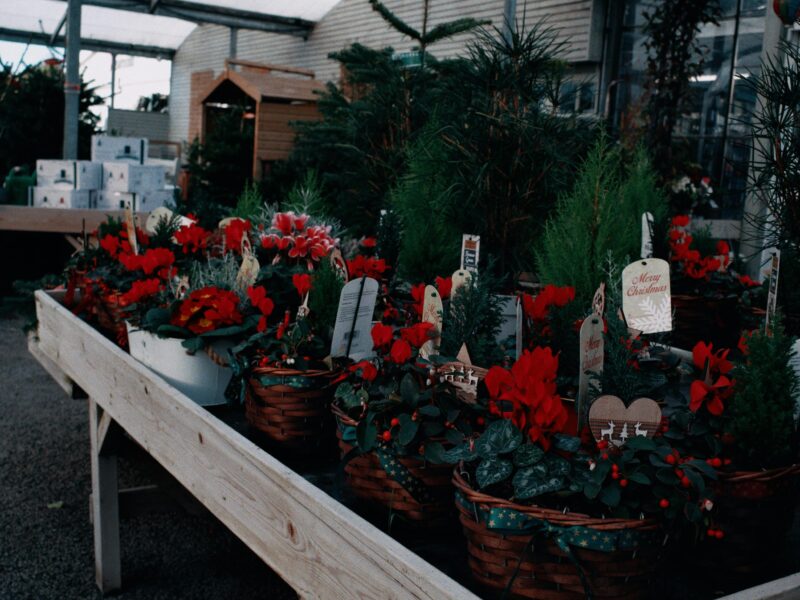Let’s face it—gardening can be a lot of work. Between constant weeding, watering, pest control, and crop rotation, it’s easy to feel overwhelmed. But here’s the good news: you don’t have to hustle to enjoy fresh produce all year long. With smart planning and a few low-maintenance tricks, even the most laid-back gardener can enjoy a steady stream of homegrown goodness.
This is your guide to gardening smarter—not harder—through every season.
Start with the Right Plants
One of the best ways to reduce gardening workload is to choose crops that practically grow themselves. Look for low-maintenance vegetables and herbs that are hardy, disease-resistant, and well-suited to your growing zone.
Some great options include:
- Perennials like asparagus, rhubarb, and chives (plant once, harvest for years).
- Cold-hardy crops like kale, spinach, and carrots for fall and winter.
- Heat-lovers like cherry tomatoes, peppers, and okra for summer.
By rotating easy-to-grow seasonal crops, you create a year-round garden without needing constant attention.
Embrace Mulch and Ground Cover
Weeds are the bane of every gardener’s existence—but they’re also avoidable. One of the laziest (and smartest) tricks is using mulch and ground covers to suppress weed growth, retain moisture, and reduce watering frequency.
Try:
- Straw or shredded leaves in vegetable beds
- Wood chips around fruit trees and perennials
- Living mulches like creeping thyme or clover in unused corners
Not only will this cut down on your chores, but it will also keep your soil healthy and reduce erosion.
Use Containers and Raised Beds
Want to skip tilling, digging, and bending over for weeding? Go with raised beds or large containers. They’re easier to manage, provide excellent drainage, and let you control soil quality from the start.
Place containers near your home—like on a patio, porch, or driveway—to reduce trips out to the garden. Plus, it’s easier to keep an eye on pests, weather damage, or watering needs when your plants are right outside your door.
Set It and Forget It: The Power of Perennials
Perennial vegetables, fruits, and herbs are a lazy gardener’s dream. You plant them once, and they come back year after year with little effort.
Top picks include:
- Berries (blueberries, raspberries, strawberries)
- Herbs (mint, oregano, thyme, sage)
- Greens (sorrel, walking onions, tree kale)
Mix them into your landscape or raised beds for a harvest you don’t have to replant annually.
Automate Where You Can
Automation isn’t just for techies—it’s a lazy gardener’s best friend. A simple drip irrigation system or soaker hose on a timer can save you hours of watering (and drastically reduce waste).
Consider:
- Timed lights for indoor seed starting
- Self-watering planters
- Greenhouse heaters with built-in thermostats
Even an inexpensive hose timer can mean the difference between a dried-out garden and lush, thriving beds.
Plant in Succession
Instead of sowing everything at once, plant small batches of seeds every 2–3 weeks. This succession planting technique ensures a continuous harvest and reduces the pressure to preserve or use everything at once.
It also helps avoid a “boom and bust” season—no more drowning in zucchini in July and having nothing in August.
Gardening doesn’t have to be exhausting or time-consuming to be rewarding. With a little strategy and a few well-placed shortcuts, you can create a year-round harvest that fits even the busiest or most relaxed lifestyle.
So go ahead—skip the all-day weeding sessions, automate your watering, and plant with the seasons in mind. The lazy gardener’s garden still grows. It just does it with less stress, fewer hours, and a whole lot more joy.


